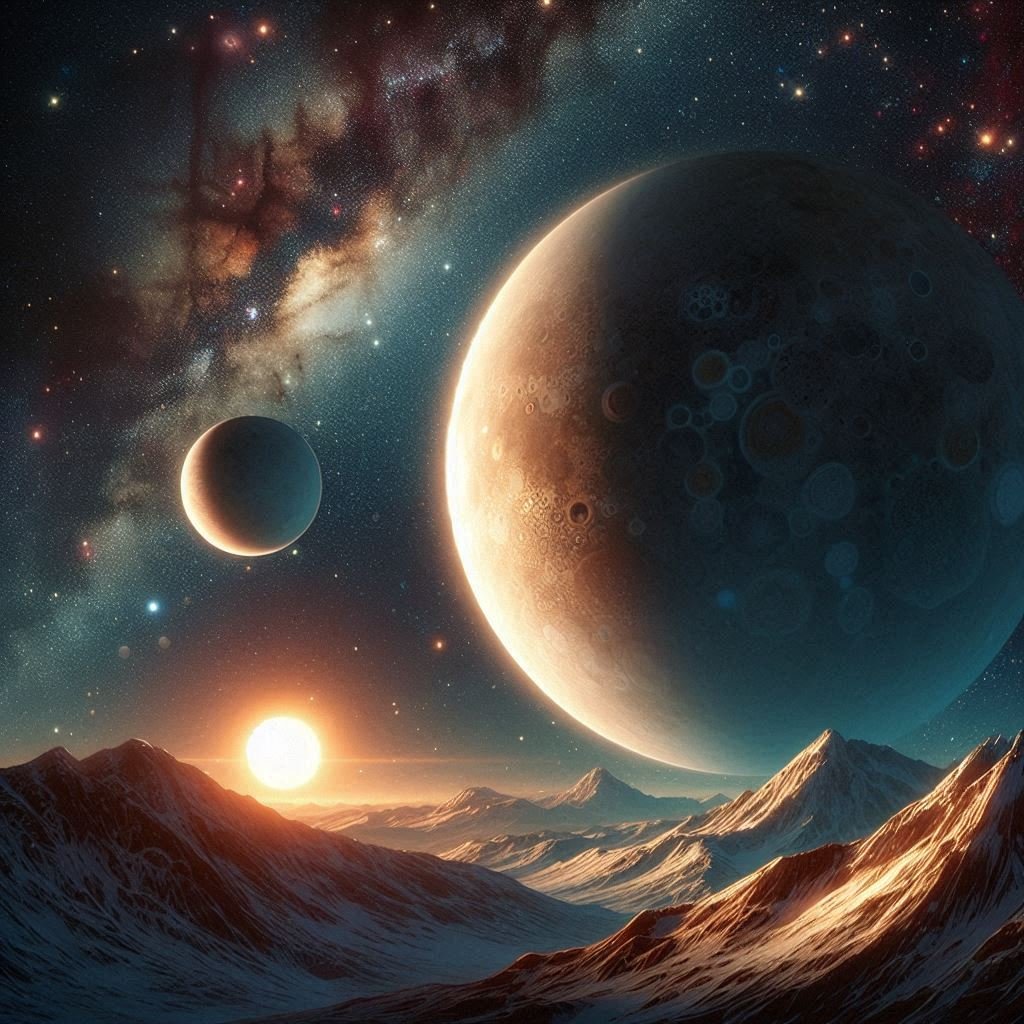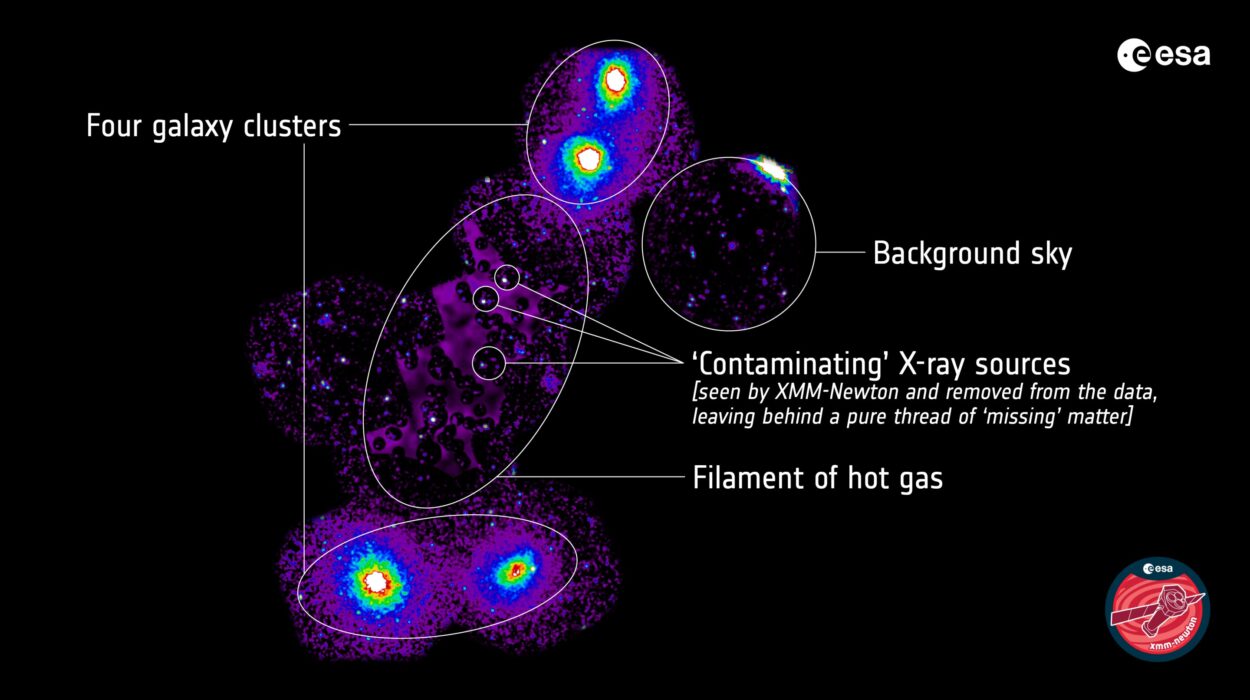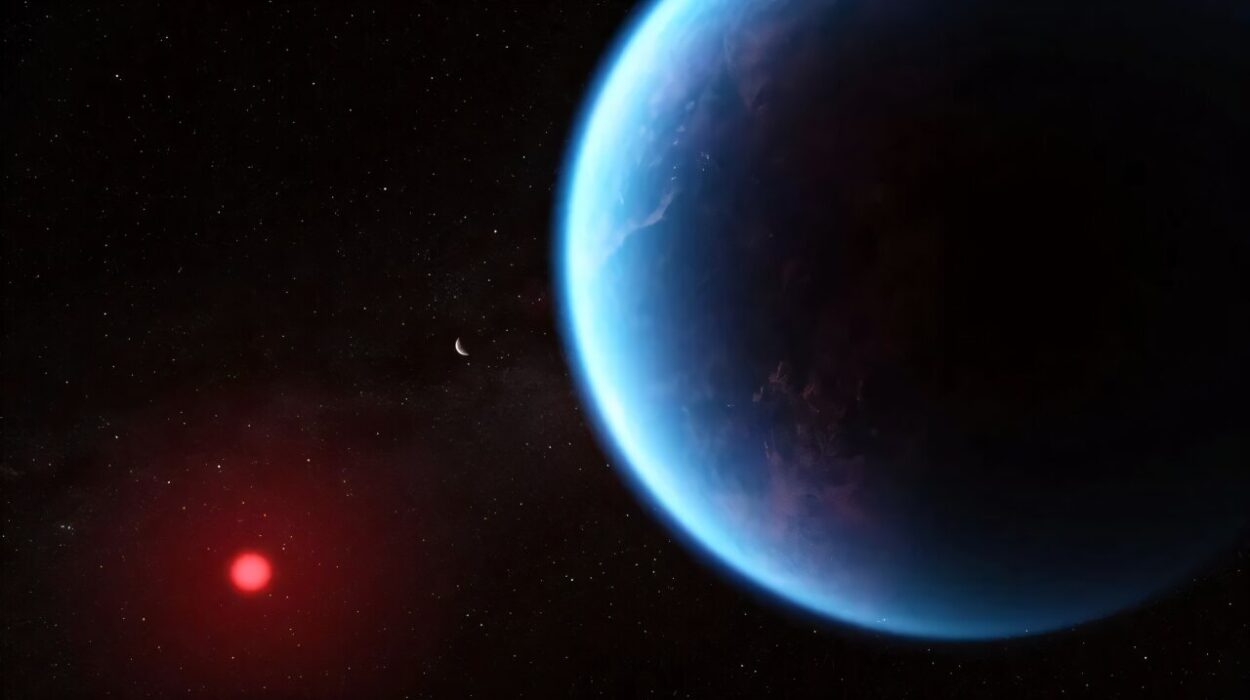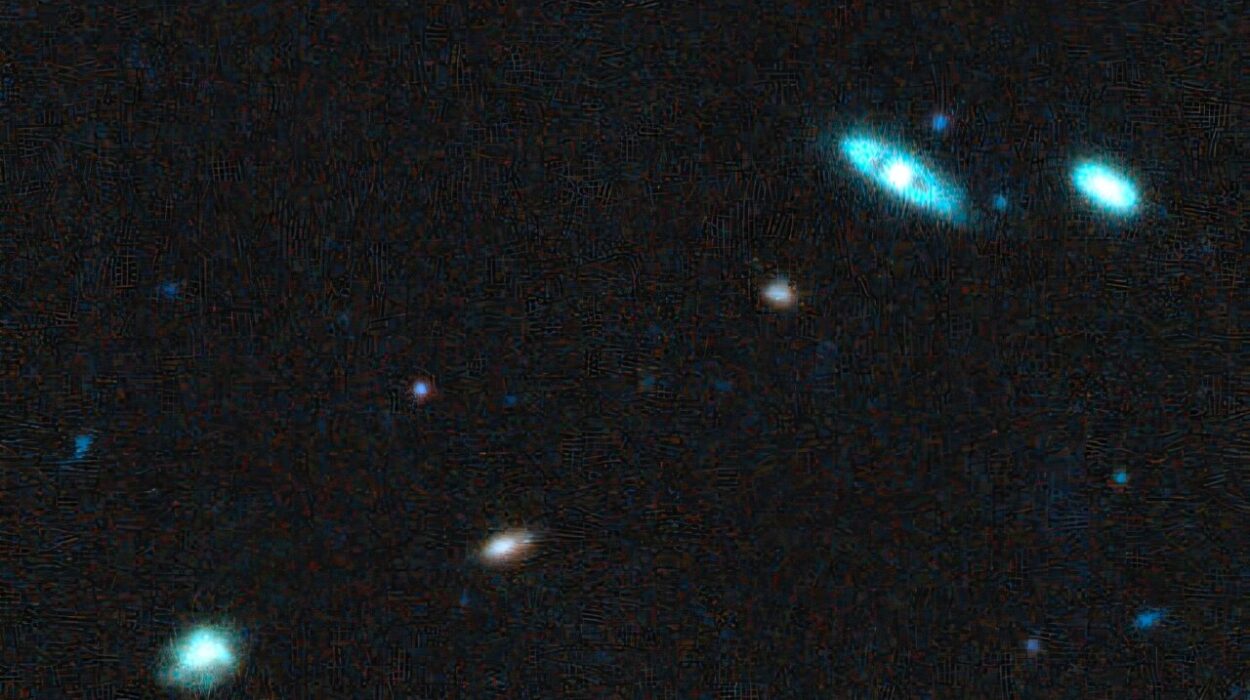Astronomers have unveiled the discovery of two intriguing new exoplanets orbiting a nearby star, TOI-1453. Nestled roughly 250 light-years away in the northern sky’s Draco constellation, this modest star—slightly cooler and smaller than our Sun—hosts a planetary duo unlike anything found in our own solar system. What makes this discovery particularly captivating isn’t just the worlds themselves, but the questions they raise about how planetary systems form and evolve.
Welcome to TOI-1453: A Binary Star System with Hidden Treasures
TOI-1453 isn’t a solitary star drifting through space. It’s part of a binary system, meaning it dances gravitationally with a stellar partner. While binary systems are relatively common in the galaxy, finding planets in such dynamic environments isn’t always straightforward. Nevertheless, this star, somewhat dimmer and cooler than our Sun, has revealed two remarkable planetary companions.
Their discovery, recently published in Astronomy & Astrophysics, represents not just another addition to the exoplanet catalog—but a prime opportunity for astronomers to peer into the atmospheric secrets of distant worlds.
Two Planets, Two Stories
Orbiting TOI-1453 are two very different exoplanets, both of which are missing from our solar system’s lineup. Yet, oddly enough, they represent two of the most common types of planets found in our Milky Way galaxy.
- TOI-1453 b is a super-Earth. About 1.5 times the size of our planet, it likely has a rocky composition, suggesting a surface perhaps not entirely unlike Earth’s—although its close proximity to its star makes it far hotter and less hospitable. It whips around TOI-1453 in just 4.3 Earth days. That’s less than a week! Such a tight orbit exposes it to intense stellar radiation, potentially stripping away any substantial atmosphere and leaving behind a baked, rocky core.
- TOI-1453 c, on the other hand, defies expectations. Classified as a sub-Neptune, it’s about 2.2 times Earth’s size. Yet despite its larger volume, it has a surprisingly low mass—just 2.9 times Earth’s mass—making it incredibly light for its size. In fact, it’s one of the least dense sub-Neptunes ever discovered. This puffiness suggests a world that might be swaddled in a thick, hydrogen-rich atmosphere or even dominated by water, possibly making it a “water world.”
“The contrast between these two planets is fascinating,” says Manu Stalport, lead author of the study and an astrophysicist at the University of Liège. “On one hand, we have a dense, rocky super-Earth hugging its star, and on the other, a low-density sub-Neptune with an almost ghostly mass. It raises so many questions about how these systems come to be.”
How Were They Found? The Dance of Light and Motion
Detecting exoplanets—especially those so small and distant—is no easy feat. But by combining two powerful observational techniques, researchers were able to confirm the presence of these alien worlds.
- Transit Method (Using TESS Data): NASA’s Transiting Exoplanet Survey Satellite (TESS) searches for planets by watching for tiny dips in a star’s brightness. When a planet crosses—or transits—its star’s face from our perspective, it blocks a sliver of light. This dimming tells astronomers a planet is there, and repeated dips reveal its orbital period and size.
- Radial Velocity Method (Using HARPS-N Data): To measure a planet’s mass, scientists turn to the radial velocity technique. As a planet orbits its star, its gravitational pull causes the star to wobble slightly. By observing the subtle shifts in the star’s light spectrum using the HARPS-N spectrograph (mounted on a telescope in Spain’s Canary Islands), researchers can measure these wobbles and calculate the planet’s mass.
By blending these methods, the team was able to determine not only the sizes of TOI-1453 b and c but also their masses and densities. And that’s when things got interesting.
The Mystery of TOI-1453 c: A Planet that Defies Expectations
The unexpectedly low density of TOI-1453 c has astronomers scratching their heads. A planet of its size typically packs more mass. But this one is so light that it suggests an internal composition quite unlike anything familiar.
One possibility? It’s cloaked in a thick atmosphere made mostly of hydrogen and helium—the lightest elements in the universe. Another hypothesis points to a water-rich composition, where the planet’s bulk is made of ice or liquid water, possibly wrapped in a thin gaseous shell.
“TOI-1453 c is a tantalizing target for atmospheric studies,” says Stalport. “With instruments like the James Webb Space Telescope (JWST), we could probe its atmosphere and finally determine what it’s made of. Is it mostly hydrogen and helium? Is it a water world? We don’t know yet—but the possibilities are thrilling.”
A Celestial Harmony: The 3:2 Resonance
As if the planets themselves weren’t fascinating enough, their orbital configuration adds another layer of intrigue. TOI-1453 b and c are locked in a near 3:2 orbital resonance. That means for every three orbits the inner planet completes, the outer one circles the star almost exactly twice.
This kind of resonance is a cosmic balancing act. It often indicates a history of migration—where planets form farther out and then move inward over time, eventually settling into stable resonant orbits. Such dynamics offer valuable clues to how planetary systems evolve.
“Resonances like this are not just mathematical quirks,” explains Stalport. “They tell us that these planets likely migrated from where they first formed. Understanding how that happens can reveal a lot about the early days of planetary systems, including our own.”
Why This Discovery Matters: Clues to Planetary Origins
The discovery of TOI-1453 b and c offers a snapshot of the diversity of planetary types and system architectures in the Milky Way. While our solar system has terrestrial planets and gas giants, it lacks super-Earths and sub-Neptunes—the very classes of planets most commonly found around other stars.
By studying systems like TOI-1453, astronomers hope to answer fundamental questions about why our solar system looks the way it does—and whether planets like Earth are common or rare in the universe.
The unique characteristics of TOI-1453 c, in particular, provide a test case for theories about planet formation and atmospheric evolution. If it’s confirmed to have a hydrogen-rich atmosphere, it could help scientists understand how sub-Neptunes form, how they retain their atmospheres over time, and what kinds of environments might be hospitable for life.
What’s Next? A New Era of Exoplanet Exploration
With the discovery of TOI-1453’s planetary system, the stage is set for deeper investigations. The James Webb Space Telescope is already revolutionizing exoplanet science by allowing astronomers to analyze the chemical makeup of distant planetary atmospheres. TOI-1453 c is an ideal candidate for such observations.
“JWST could tell us whether TOI-1453 c has clouds of water vapor, hazes of methane, or a hydrogen-helium envelope,” says Stalport. “Each outcome would teach us something new about how these worlds form and evolve.”
In addition to JWST, future telescopes like the European Space Agency’s ARIEL (Atmospheric Remote-sensing Infrared Exoplanet Large-survey) mission will further expand our ability to analyze exoplanet atmospheres and uncover their secrets.
The Cosmic Puzzle Continues
The discovery of TOI-1453’s planets is a reminder that we’re still piecing together the grand puzzle of planetary formation. Each new system found—especially ones as diverse and curious as this—adds another piece to the cosmic mosaic.
As Stalport puts it, “Every exoplanet we find is a window into a different world, shaped by its own history and conditions. Together, they help us understand not just distant stars and planets, but our own origins too.”
With every discovery, the universe seems both larger and more familiar. Somewhere out there, around a distant sun in the Draco constellation, two small planets whirl in a dance billions of years in the making. And thanks to science, we’re beginning to understand their story.
Reference: M. Stalport et al, TESS and HARPS-N unveil two planets transiting TOI-1453. A super-Earth and one of the lowest mass sub-Neptunes, Astronomy & Astrophysics (2025). DOI: 10.1051/0004-6361/202452969






